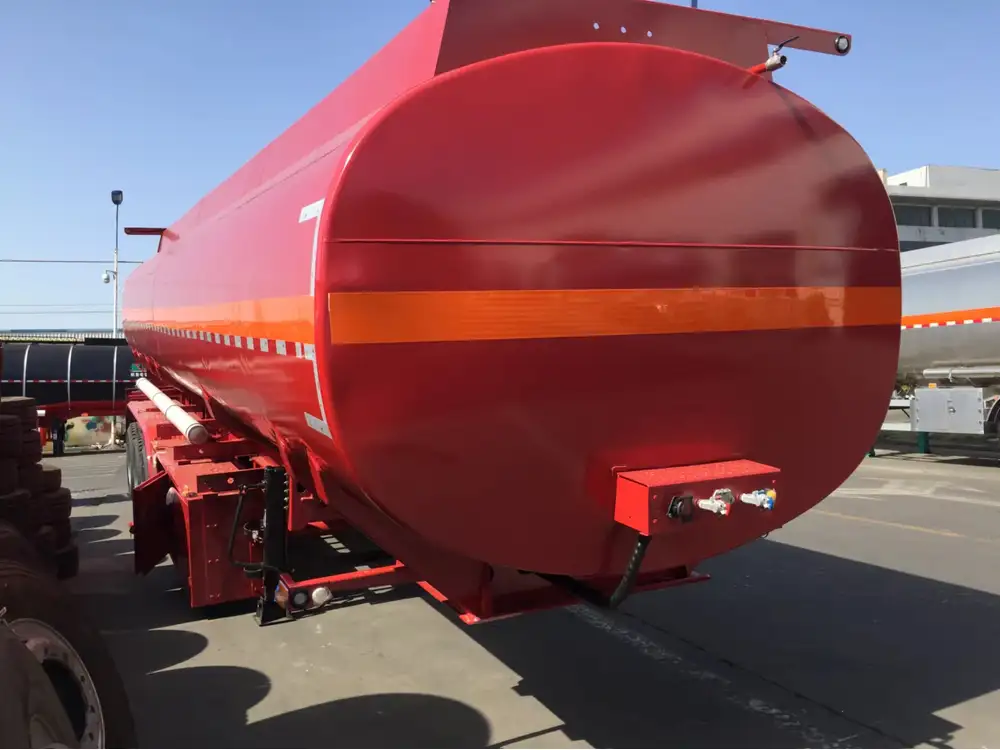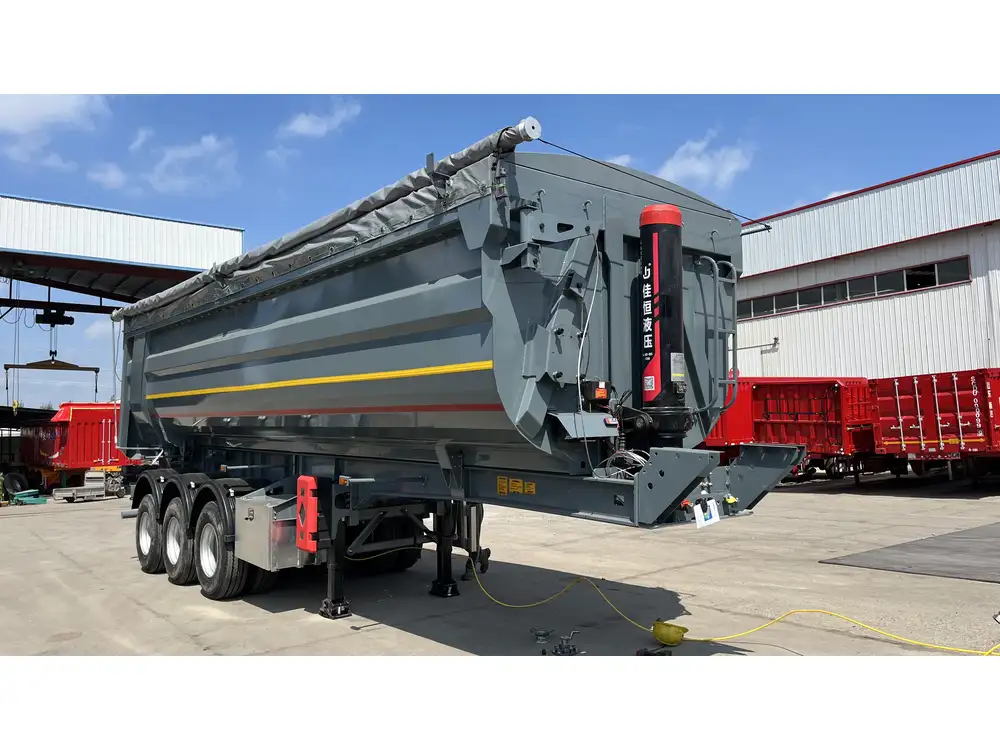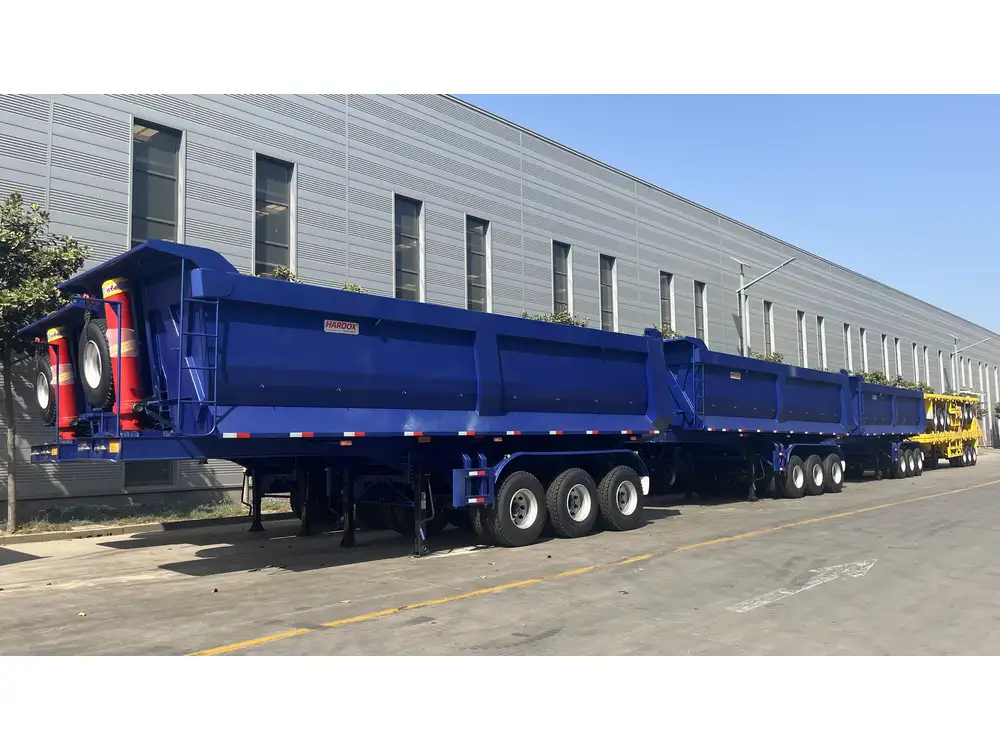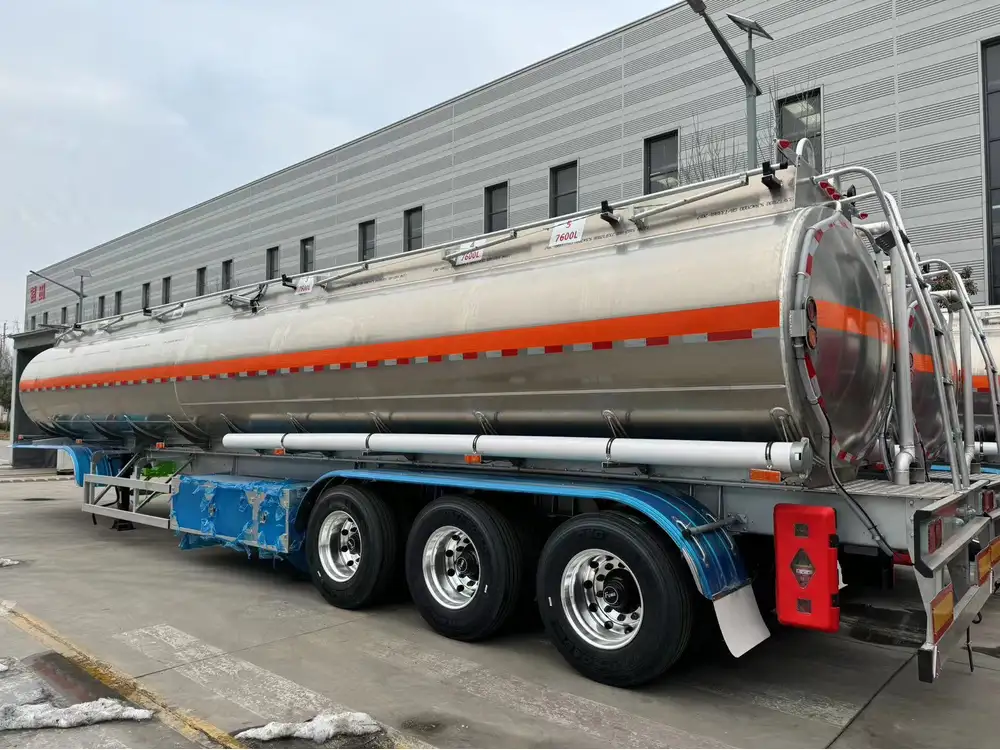Moving a semi-trailer can often seem daunting, especially when using a forklift—a piece of equipment primarily designed for lifting and transporting pallets and heavy loads. However, with the right approach and methodologies, moving a semi-trailer with a forklift can be accomplished safely and efficiently. This guide dives deep into everything you need to know, ensuring that you can execute the task confidently.
Understanding the Basics
What is a Semi-Trailer?
A semi-trailer is a type of trailer that is designed to attach to a truck tractor. Unlike a full trailer, it does not have a front axle and relies on the vehicle it is connected to for support. This unique design allows for increased flexibility and maneuverability, particularly when hauling significant loads.

Why Use a Forklift?
Forklifts are commonly utilized in warehouses and loading docks due to their ability to lift heavy loads. In scenarios where trailers need to be repositioned on a loading dock or shifted within a yard, forklifts can provide the needed power. However, specific conditions must be met to ensure safety and efficiency while utilizing this equipment.
Safety First: Key Considerations
Before engaging in the operation of moving a semi-trailer, several safety measures must be established:
| Safety Measure | Description |
|---|---|
| Assess the Weight of the Trailer | Understand the weight rating of your forklift and the semi-trailer to avoid overloading. |
| Inspect Equipment | Check the condition of the forklift, including tires, forks, and controls. |
| Clear Work Area | Remove any obstacles that could impede movement or pose hazards. |
| Use Proper Personal Protective Equipment (PPE) | Ensure all personnel involved are wearing safety helmets, steel-toed boots, gloves, and high-visibility jackets. |
| Plan the Route | Identify the path for moving the semi-trailer, including ramps, slopes, and potential hazards. |
Step-by-Step Process for Moving a Semi-Trailer

Step 1: Prepare the Location
Preparation is paramount. Ensure that the surface is level and clean to facilitate smooth movement. A cluttered or uneven area can lead to accidents, potentially damaging the trailer or equipment. You may consider using a leveler ramp if the trailer needs to be moved onto an elevated platform.
Step 2: Position the Forklift
- Angle Appropriately: Approach the semi-trailer at a correct angle. This is crucial for achieving a proper lift. Aim to align the forks with the landing gear of the trailer.
- Adjust Fork Length: If your forklift has adjustable forks, ensure they are extended adequately to support the trailer’s weight appropriately.
- Lower the Forks: Position the forks just above the ground level.
Step 3: Lift the Trailer
- Insert Forks: Carefully insert the forks under the trailer’s front part while making sure they are positioned evenly.
- Lift Slowly: Gradually raise the forks, lifting the trailer off the ground. Keep an eye on the lifting height; excessive elevation can cause instability.
- Check Stability: Confirm that the trailer is stable on the forks before proceeding. A slight wobble may indicate an improper load balance.

Step 4: Transporting the Trailer
- Drive Smoothly: Once the trailer is secured, drive slowly and steadily. Avoid sudden stops and starts, which can destabilize the load.
- Communication is Key: If colleagues are assisting, maintain open communication using hand signals or two-way radios to signify movement intentions.
- Keep a Clear Path: Watch out for uneven terrain and obstacles as you transport the trailer to its new location.
Step 5: Lower the Trailer Safely
- Positioning: When you reach the desired location, ensure that the ground is also level and free from obstacles.
- Set the Trailer Down: Gradually lower the forks until the trailer’s landing gear makes contact with the ground.
- Ensure Proper Placement: Once the trailer is settled, remove the forklift and inspect the placement before leaving.
Factors Influencing the Movement of Semi-Trailers

Weight Distribution
Proper weight distribution is critical when moving semi-trailers. An imbalanced load can lead to tipping or shifting while in motion. Ensure the load inside the trailer is evenly distributed and that the trailer itself is well-grounded before lifting.
Trailer Condition
The condition of the trailer impacts maneuverability. Check for damaged landing gear or any other mechanical issues that might hinder the moving process. An unserviceable trailer can lead to accidents during movement.
Forklift Specifications
Using the right type of forklift is essential. Forklifts have weight limits that vary by model. Ensure that your forklift can handle the total weight of the semi-trailer and that you are aware of its lifting capabilities. Always refer to the user manual for specifications.

Common Mistakes to Avoid
- Underestimating Load Weight: Always verify the weight of the trailer. A common mistake is assuming the weight without measurement, risking overload.
- Ignoring Safety Protocols: Skipping safety checks can lead to severe accidents. Always prioritize safety inspections.
- Rushing the Process: Speed can compromise safety. Take your time and follow the steps methodically.
Additional Tips and Best Practices
Utilize Proper Equipment
Consider utilizing attachment tools designed specifically for transporting semi-trailers. These attachments can enhance stability, improving your operation’s overall safety.

Regular Training
Ensure all operators are regularly trained in the safe use of forklifts. Safety briefings and refresher courses can help reinforce best practices.
Emergency Protocols
Establish clear protocols for dealing with emergencies. Training personnel to respond to accidents can mitigate risks significantly.
Conclusion
Moving a semi-trailer with a forklift is a task requiring careful planning, skilled operators, and high standards of safety. By adhering to outlined procedures, conducting proper assessment, and maintaining essential safety measures, you can achieve a successful move without incidents. Dive into this world of logistics with confidence, knowing you have the tools and knowledge needed to navigate it deftly.
By following these critical steps and best practices, you can confidently move a semi-trailer with a forklift, ensuring safety and efficiency while optimizing your logistics operations.



